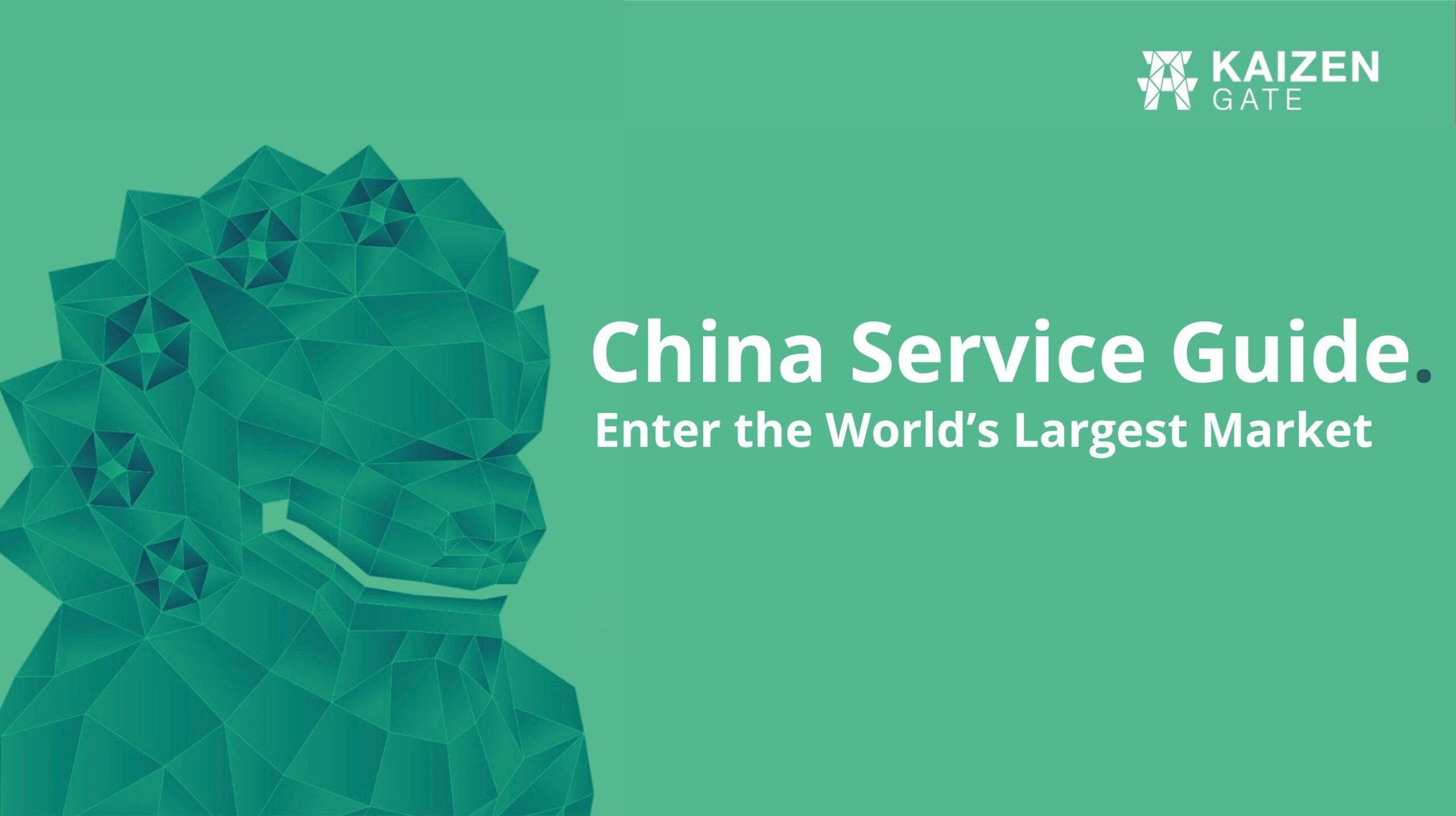In the complex theatre of global commerce, a palpable shift is underway. After years of escalating tensions, retaliatory tariffs, and profound supply chain uncertainty, a thaw has emerged in the US–China trade relationship, bringing with it a notable, if tentative, reduction in duties. For the international exporters, brand executives, and trade analysts who have navigated the volatile currents of this economic conflict, the development represents more than just a headline—it is a strategic inflection point. In a global economic climate still healing from pandemic-era disruptions and grappling with inflationary pressures, the relaxation of punitive tariffs, however temporary, reopens commercial corridors that were once considered all but closed.
This change demands a fundamental reassessment of the global trade strategies that have been forged in the crucible of disruption over the past several years. The shift extends beyond mere risk mitigation; it invites cautious optimism and proactive planning. For business leaders, this means transitioning from a defensive, survival-focused posture to an offensive one, centered on opportunity. This article delves into the practical implications of these lower duties, analysing not only what is changing but why it matters. We will break down the opportunities now crystallising for exporters and outline the strategic considerations required to capitalise on this pivotal moment in US-China trade relations, transforming yesterday’s uncertainty into tomorrow’s competitive advantage.
The US–China Tariff Landscape: A Strategic Retrospective
The trade conflict that began in 2018 was not a random event but the culmination of underlying economic tensions that had been building for years. It was characterised by a tit-for-tat escalation of tariffs that fundamentally altered the cost dynamics of one of the world’s most significant trading relationships. The initial waves of duties imposed by the United States under Section 301 of the Trade Act of 1974 were predicated on an extensive investigation by the U.S. Trade Representative’s office (USTR). This probe concluded that certain Chinese policies—including the cyber-theft of intellectual property, discriminatory licensing practices, and the forced transfer of technology from American firms—were unfair and detrimental to the U.S. economy. These findings provided the legal and political justification for levying duties on hundreds of billions of dollars’ worth of Chinese goods.
Beijing’s response was symmetrical and strategic, levying retaliatory tariffs on a wide array of American products. But its toolkit extended beyond tariffs. China also employed non-tariff barriers, such as increased regulatory inspections, a slowdown of customs clearances, and the creation of an “unreliable entity list,” which signaled out foreign firms deemed to be harming the interests of Chinese companies. The motivations on both sides were deeply strategic. For Washington, the tariffs were a lever to rebalance the economic relationship, protect domestic industries, and pressure Beijing to alter its state-led economic model. For China, the retaliatory measures were a defense of its economic sovereignty and a means to counteract what it viewed as unilateral protectionism.
This impasse ensnared a vast range of sectors. On the U.S. import side, electronics, machinery, furniture, and miscellaneous manufactured goods from China faced significantly higher costs, impacting the profitability of American retailers and manufacturers. In turn, China’s tariffs hit American agricultural exports hard. Soybean farmers in the American Midwest, for instance, watched as their market share in China—their largest customer—evaporated almost overnight, leading to severe financial distress. The automotive sector was also caught in the crossfire, with tariffs affecting both finished vehicles and parts, disrupting the finely tuned supply chains of global automakers. The repercussions rippled outwards, impacting global value chains and forcing businesses worldwide to navigate a complex and unpredictable new reality.
A De-escalation in 2025: Gauging the Shift
The first half of 2025 continued the trajectory of friction, with tariff rates reaching new heights and further complicating international commerce. However, a significant de-escalation occurred in May 2025, when both nations agreed to a temporary truce, pulling back from the brink of a more severe trade rupture. This 90-day reprieve, while not a full resolution, involves a partial rollback of the most recent and punitive tariffs. This is not an act of benevolence but a strategic move driven by domestic imperatives. For the United States, reducing duties on Chinese consumer goods offers a tool to help manage persistent domestic inflation. For China, the resumption of export flows provides much-needed support for its economy, which faces headwinds from its property sector and tepid consumer demand.
The primary beneficiaries of this thaw are found within the sectors that were most heavily penalised. Consider a concrete example: an industrial water pump (HS Code 8413.70) imported from China, valued at $10,000. Under the previous regime, a 25% Section 301 tariff added $2,500 to the cost. The recent reduction to a combined reciprocal tariff of 10% lowers this additional cost to $1,000, delivering a direct saving of $1,500 per unit for the American importer. This saving can be used to lower prices for end customers or be reinvested into the business.
Likewise, American agricultural exporters, who saw their access to the vast Chinese market severely curtailed, may find renewed demand as retaliatory tariffs are temporarily lowered. Trade data from the peak tariff period revealed a stark contraction in these key areas; for example, U.S. seaborne imports from China saw a dramatic year-over-year decline. The current easing, therefore, is poised to modestly revive these trade flows. However, it is crucial to recognize that the structure of the earlier Section 301 tariffs on many goods remains in place. This truce primarily affects the most recent, reciprocal tariffs. A full recovery remains contingent on the longer-term diplomatic trajectory and whether this truce can be built into a more durable agreement.
Re-evaluating Export Opportunities
For exporters across the United States, the European Union, and ASEAN nations, this tariff thaw is a clear signal to re-engage and re-evaluate. The most immediate impact is on profitability. Lower duties directly translate into a reduced landed cost for goods entering either market. This provides exporters with strategic flexibility they previously lacked. They can choose to restore profit margins that were badly eroded during the height of the trade war, or they can pass savings on to consumers to gain a competitive edge.
This leverage on competitive pricing is particularly crucial in a market as vast and contested as China’s, where both domestic and international brands vie fiercely for consumer attention. The ability to offer more attractive pricing can be a powerful catalyst for market share acquisition, especially for brands that may have been priced out of the market by high tariffs. Furthermore, the reduction in tariff-related costs and administrative burdens can accelerate market entry for brands that may have previously found the Chinese market prohibitive.
The opportunity extends beyond mere economics. It is a chance to repair and strengthen relationships with Chinese distributors and partners that may have been strained by supply disruptions and high costs. Demonstrating a renewed commitment to the market now that conditions are more favorable can build long-term goodwill and loyalty. However, significant risks persist. The temporary nature of the tariff reductions means that regulatory uncertainty remains a core challenge. Geopolitical instability and the potential for sudden policy shifts demand that any strategic move be balanced with caution. Potential flashpoints, including technology export controls, financial market decoupling risks, and ongoing security dialogues, must be monitored closely. The truce is a window of opportunity, not a permanent resolution. Exporters must operate with an awareness that the trade environment could revert to a more adversarial state with little warning, underscoring the need for agile and informed strategies.
Strategic Recommendations for Agile Exporters
In this fluid environment, a proactive and strategic posture is paramount. Companies that simply wait and see risk missing this critical window.
First, businesses must undertake a comprehensive and dynamic reassessment of their supply chains. The “China Plus One” strategy, which gained traction during the height of the trade war, should not be abandoned but rather refined. The current thaw may present an opportune moment to leverage Chinese manufacturing capabilities for certain product lines while continuing to build resilience through diversification in other regions like Southeast Asia, Mexico, or Eastern Europe. This balanced approach mitigates the risk of future tariff escalations while capitalising on immediate cost advantages. It is about shifting from a static strategy to a dynamic supply chain model that continuously evaluates sourcing options based on cost, risk, and speed.
Second, exporters should move swiftly to renegotiate distribution contracts and review their cross-border pricing strategies. Agreements that were structured around high-tariff scenarios may now be suboptimal. There may be room to reclaim margin or adjust final pricing to reflect the new cost realities. This requires open and transparent dialogue with local partners in China. Agility in pricing—the ability to adjust quickly to tariff fluctuations—will be a key competitive differentiator. To support this, investing in smart pricing models that use technology and data analytics to simulate the impact of different tariff scenarios on profitability is critical, enabling planned responses rather than a reactive scramble.
Finally, excellence in regulatory compliance should be viewed as a competitive advantage, not a burden. Companies that master the complexities of customs, Importer of Record (IOR) requirements, and product standards in China can move faster and more reliably than their competitors. This means having a partner on the ground who understands the nuances of the General Administration of Customs of the P.R.C. (GACC) and can anticipate potential roadblocks. Fostering deeper strategic alliances, beyond simple distribution agreements, can also provide resilience. Joint ventures or local R&D partnerships can embed the business more deeply into the market, making it more resilient to high-level political shifts.
A Window for Strategic Action
The 2025 thaw in US-China tariffs represents a critical, albeit potentially fleeting, opportunity for international exporters. It signals a move away from pure confrontation towards a more managed state of competition, creating breathing room for businesses to recalibrate and reconnect. This is not the end of the trade dispute, but a strategic pause that rewards preparedness and agility. The companies that use this period to refine their supply chains, adjust their pricing models, and deepen their market understanding will be best positioned to thrive, regardless of the future political climate. Those who remain on the sidelines risk being outmaneuvered by more proactive competitors.
Navigating the complexities of the Chinese market, especially during such a dynamic period, requires expert guidance and a reliable local presence. The regulatory landscape remains a minefield, making an experienced Importer of Record (IOR) not a luxury, but a necessity for smooth customs clearance. For international brands looking to capitalise on these shifting trade currents, a partner like Gate Kaizen can be invaluable. Offering deep expertise in market entry strategy, bonded warehousing solutions, and Importer of Record (IOR) services, Gate Kaizen provides the operational backbone necessary to ensure compliance and efficiency in the face of evolving trade regulations. They translate high-level strategy into on-the-ground operational success.

Gate Kaizen is the trusted partner of large and mid-cap companies as a provider of market entry services and HR Solutions in the Chinese market. We help your business save the outsantding costs of setting up your local entity by leveraging our own structure and the shortcuts of the digital era to minimize the financial risks of expanding overseas. This way, you can focus your attention on what really matters: your business.

